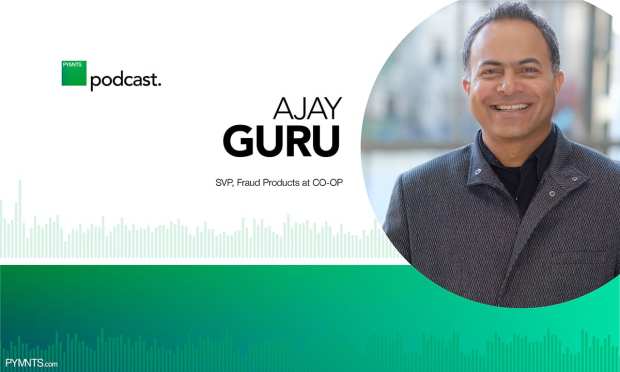Pain-Free Disputes: Keeping Member Experience In View When Fighting Fraud

It is easy for credit unions to get a bit lost in the weeds when it comes to fighting fraud and meeting member needs — particularly in a rapidly digitizing world. BHMI and the Mercator Advisory Group estimate the dispute and chargeback volume in the United States is likely to grow to 33 million by 2022, creating an urgent need for credit unions to stem the tide of fraud while providing an experience for members that is seamless and pain-free.
CO-OP Financial Services Senior Vice President, Protect Solution Line Ajay Guru told PYMNTS in a recent conversation that the credit union mindset has to be big and comprehensive when thinking about fighting fraud. Credit unions need tools and technologies that help them effectively manage fraud and continue to delight their members through related processes like managing their disputes and chargebacks more efficiently.
“When we talk about disputes … the opportunity here is: how do we enable credit unions to truly use the disputes and chargebacks process to elevate member experience?” Guru said.
It’s not just what a credit union does, Guru said, but how it does it and how quickly it can react to its members’ concerns that really determines how confident those members can be that their credit union really “has their back” and is committed to not just resolving whatever the issue is, but to making the member’s experience as positive as possible on the path to resolution.
While the pandemic exacerbated the dispute resolution challenge — and it has certainly added to the level of urgency for credit unions addressing it, he noted — COVID-19 didn’t wholly create it. The challenge and the opportunity of digitization predate the pandemic and is going to outlast it. The challenge for credit unions, in particular, in adapting to this digitizing world will be finding the disparate manual processes and inefficiencies that have existed until now in their disputes management processes and resolving them. The pandemic, for all the pain it has caused, has also presented credit unions nationwide with the opportunity to “truly look at those processes and find ways to improve on them,” he said.
What that improvement will look like and how it will take shape is still a work in progress for credit unions nationwide and likely won’t look the same for all institutions. And that, Guru noted, isn’t a defect but a feature of the credit union system — as credit unions are designed around the premise of member service, meaning the features credit unions choose to employ should be a direct outgrowth of member need.
“There is a tremendous opportunity here. The backdrop of this opportunity is ultimately within the credit unions. It’s in their interest” to make sure that they do everything possible to ensure members continue to have confidence in their cards, he said.
An opportunity, and also at this point, a mandate to get it done, he said. The pandemic was a massive trial in many ways for the credit unions CO-OP serves, he noted.
“That spike in volume … because of eCommerce growth, has really tested the limitations of what the credit unions have in terms of systems and processing capabilities with disputes,” Guru said.
It is now time for credit unions to turn their sights to the tools necessary to make this digital transition as smooth and secure as it possibly can be — and for CO-OP to build the support needed to make that happen for their credit union clients and their members.
Because, Guru said, the great digital shift isn’t going away and fraudsters suddenly aren’t going to find their consciences and flee the segment. But the tools to fight fraudsters are getting better, smarter and faster — and so, too, must disputes and chargeback processes.
“We’ve invested tremendously in solving these problems and to answer the question of what it is that CO-OP can do to help the credit unions tackle this opportunity and challenge,” Guru said.
